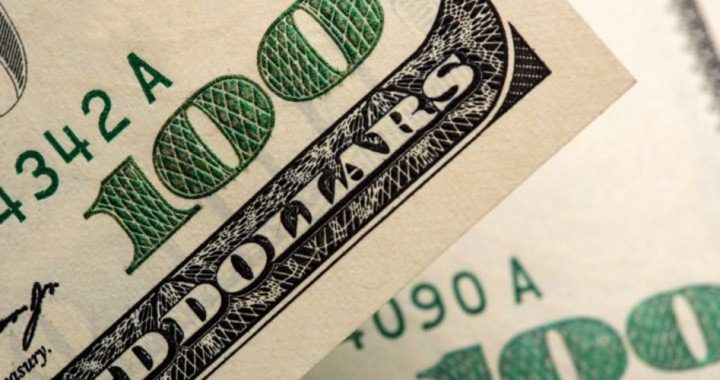
Francisco Blanch, a commodity expert at Bank of America’s Merrill Lynch, wrote Wednesday that his team of prognosticators “see a risk of $100 a barrel of oil next year,” adding that it could happen sooner: “We are concerned that these market dynamics could unfold over a shorter timeframe.”
Those “market dynamics” no doubt cause forecasters such as Blanch many sleepless nights, trying to sort them all out in time to write about them for his clients. First, of course, is President Trump’s cancelling of the Obama-era nuclear deal and promising not only to reapply the previous sanctions (which took one million barrels of oil off the world market every day) but to ramp them up.
Next is global economic growth, which is estimated to increase world demand for oil and its derivatives by at least 1.5 million bpd next year. Then there’s Venezuela, under the control of Marxist Nicolas Maduro, who has decimated his country’s oil production, with further reductions of 500,000 barrels a day likely next year.
Despite higher gas prices in the United States, the average increase in cost of a family’s summer vacation is estimated to be around $200, not likely to impact most Americans’ plans.
Next are the bottlenecks in the Permian Basin, where production has outstripped pipeline capacity, at least for the moment.
One market dynamic that might lead to less oil being used is the shift by Americans to electric vehicles, surprising many at its rapidity: In 2008 only four electric vehicles were available for sale to American and Canadian purchasers. This year there are 54.
And then there’s the OPEC cartel’s meeting in June, where the production-cut agreement and Iran sanctions are sure to head the discussion. Many of those members now consider that agreement to have accomplished its mission — higher prices — and now want to end the agreement and increase production to take advantage of them. However, Saudi Arabia has other plans and needs higher prices to accomplish them. The crown prince, Mohammad bin Salman, wants to diversify his kingdom away from its almost total dependence on oil and needs billions to fund his Vision 2030. Sources report that his kingdom needs crude oil at $88 a barrel to balance his government’s budget, and higher would be welcome, as he tries to market a piece of his oil company Saudi Aramco to global investors to fund his vision.
In the meantime two economic laws remain in place: the law of supply and demand, and the rule that “the solution to high prices is high prices.” With crude oil in the 70s, American frackers are highly motivated to return to full capacity as soon as possible. Last month the U.S. oil industry produced 10.7 million barrels a day, approaching the production of Russia and Saudi Arabia. In fact, U.S. oil production is growing so rapidly that the U.S. Energy Information Administration (EIA) has been forced to revise upward its forecasts every month since last August, and now says that U.S. producers will hit 12 million bpd next year.
As a result, any spike in crude oil to $100 a barrel, as Blanch suggested, would be short-lived.
Photo: Clipart.com
An Ivy League graduate and former investment advisor, Bob is a regular contributor to The New American magazine and blogs frequently at LightFromTheRight.com, primarily on economics and politics. He can be reached at [email protected].
Related article:
Citigroup: U.S. Will Be World’s Largest Oil Exporter by Next Year



